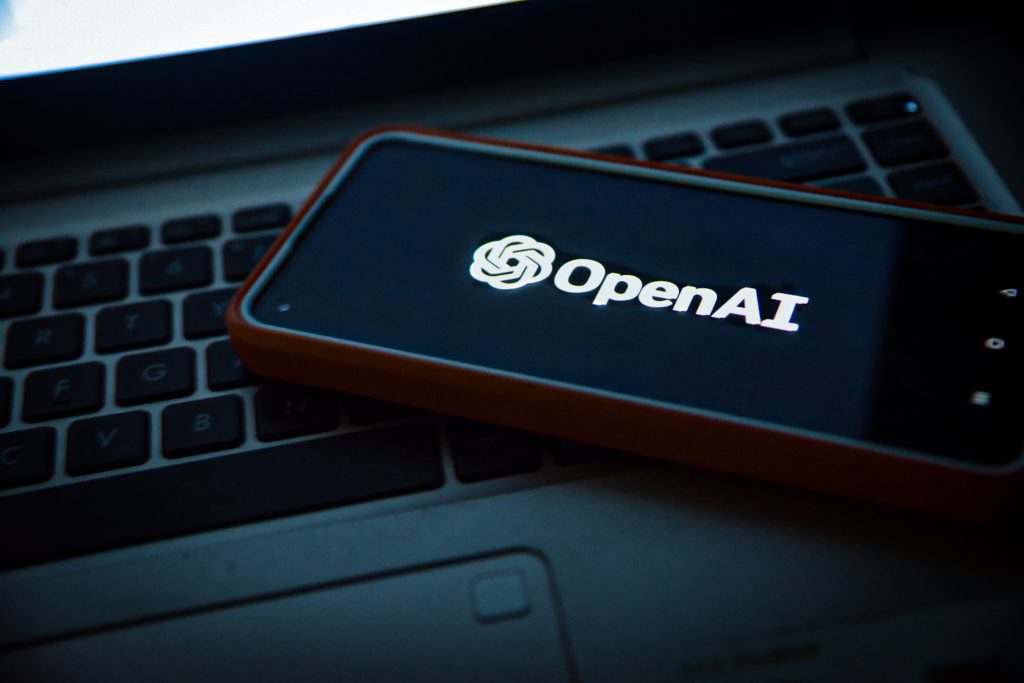In a bold move, Microsoft has fortified its position in the AI landscape by welcoming Sam Altman, the former CEO of OpenAI, along with key OpenAI personnel, to lead its advanced AI research team. This strategic hiring, coupled with Microsoft’s significant investment in OpenAI, reveals a savvy business approach. This article delves into Microsoft’s ownership stakes in OpenAI, the synergistic benefits of this partnership, and the implications of this deal, potentially setting the stage for a future acquisition.
I. Microsoft’s Strategic Foresight
Microsoft’s decision to integrate Sam Altman and his team into their fold is a testament to their long-term vision in AI. Altman, known for his innovative leadership at OpenAI, brings with him a wealth of expertise and insights. This move not only boosts Microsoft’s AI capabilities but also consolidates its position as a frontrunner in the rapidly evolving AI sector.
II. Ownership Stakes and Financial Leverage
Microsoft’s investment in OpenAI is substantial, estimated around $10 billion, representing a deep financial commitment. This investment allows Microsoft to leverage OpenAI’s cutting-edge AI technology, integrating it into their products such as Bing, Teams, and the Office Suite. The integration not only enhances the product portfolio but also opens up new revenue streams.

III. The Azure-OpenAI Synergy
A crucial aspect of this partnership is OpenAI’s reliance on Microsoft’s Azure for hosting services. This arrangement ensures a steady revenue flow back to Microsoft, offsetting their initial investment. The hosting costs, potentially running into billions, will be accounted as sales for Azure, boosting its market position significantly.
IV. Profit Sharing and Long-Term Gains
Under the current deal, Microsoft is entitled to 75% of OpenAI’s profits until the repayment of the $10 billion investment. This profit-sharing arrangement positions Microsoft to recoup its investment while gaining a substantial share of OpenAI’s revenue. Post-repayment, the profit distribution may change, but Microsoft’s substantial equity stake in OpenAI ensures continued financial benefits.
V. The Path to Acquisition?
The deep integration of OpenAI’s capabilities within Microsoft’s product lineup, combined with the financial entanglements, raises the question of a potential acquisition. While there is no official statement regarding this, the current trajectory suggests that Microsoft is positioning itself as a key stakeholder with significant control over OpenAI’s direction and operations.
VI. Conclusion: A Win-Win Scenario
Microsoft’s strategic hiring of Sam Altman and its substantial investment in OpenAI exemplify a win-win scenario. Microsoft not only secures a leading edge in AI but also stands to gain financially through Azure services and profit sharing. The collaboration with OpenAI underlines Microsoft’s commitment to staying at the forefront of technological innovation, with Satya Nadella’s leadership echoing the strategic acumen of historic figures like Marcus Aurelius. The future of this partnership holds immense potential, with Microsoft astutely positioning itself at the helm of the AI revolution.



